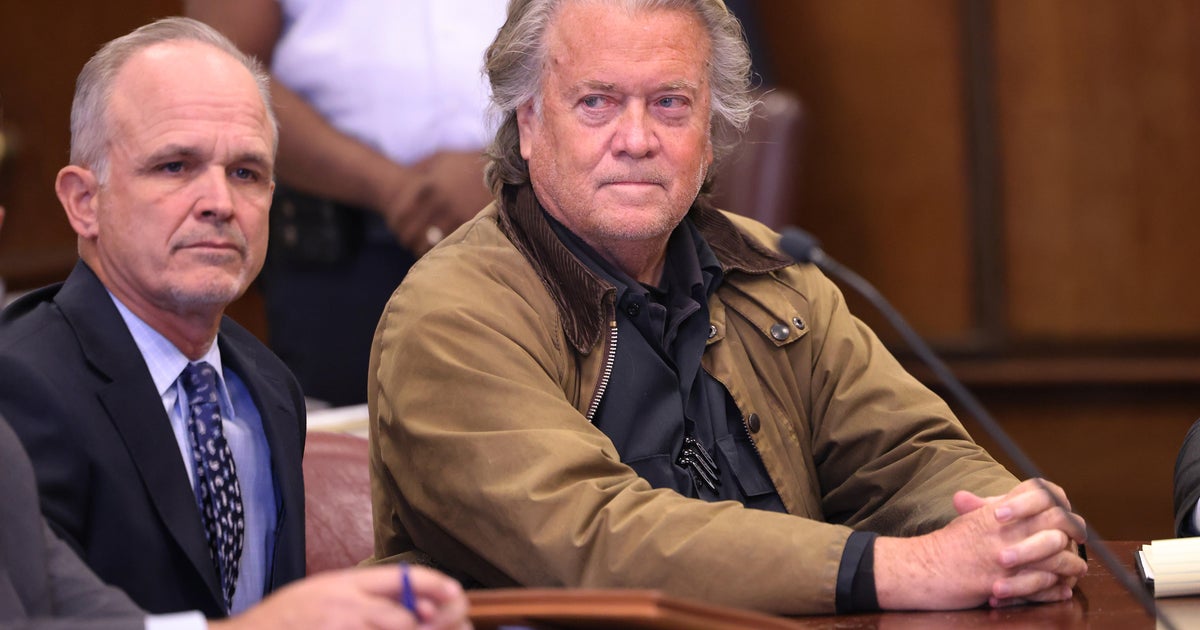Why New York City's homeless rates skyrocketed for single adults but dropped for families during the pandemic
A new report shows the rate of homeless, single adults in New York City reached record levels during the pandemic, while the number of homeless families declined. Experts say the trend is tied to short-term pandemic relief, like eviction moratoriums, but is likely not sustainable.
An all-time high of 20,822 single adults slept in New York City shelters each night in February, according to an annual report released Wednesday by the nonprofit Coalition for the Homeless.
Meanwhile, the data shows the number of homeless families sleeping in city shelters dropped by nearly 2,500 between February 2020 and February 2021. That decline is mostly due to the state's eviction moratorium, according to Giselle Roither, a policy director for the organization.
New York's eviction moratorium is set to expire May 1, although state lawmakers have signaled a willingness to keep it through the end of August. Up to an estimated 1.2 million people in New York are at risk of eviction in the state, according to a database kept by consulting firm Stout.
Those facing homelessness remain more susceptible to contracting and dying from COVID-19. The virus-related death rate for homeless New Yorkers living in shelters is 49% higher than the citywide average, and that trend is seen nationwide as well. It's estimated that homeless individuals in the U.S. are two to three times more likely than the general population to die from COVID-19.
During the pandemic, New York has also temporarily waived some requirements for a state-run rent voucher program, known as FHEPS, while the city-run equivalent expanded access to subsidies for nearly 3,000 families. The report outlines how these opportunities for funding also helped homelessness prevention efforts.
However, even with an extension of these programs, experts say more sustainable, long-term solutions that look beyond the pandemic are needed to keep rates down in the future.
"What's clear is, in the absence of additional tenant protection and actual financial assistance to families in the form of rent vouchers, it's going to be very challenging to prevent a sharp increase in homelessness among families going forward," Routhier told CBS News.
Experts say family homelessness can lead to long-term negative consequences, especially when it comes to education. Children in temporary housing or shelters are also now facing added challenges during the pandemic when it comes to remote learning. Recent data from the New York State Education Department shows homeless students graduated at a 16% lower rate than non-homeless students during the 2019-2020 school year.
The vast majority of individuals facing homelessness in New York City are Black or Latino, comprising 88% of adults and families recorded in the data. Roither again highlighted long-term policy solutions, such as expanding access to housing vouchers and prohibiting housing discrimination based on criminal history, as potential steps to address disparities.
In a statement to CBS News, New York City's Department of Homeless Services said, "this Administration has made vital progress addressing decades of disinvestment/ underfunding in homeless services and helping New Yorkers experiencing homelessness get back on their feet."
It added that staff and outreach teams throughout the pandemic, "have continued to show-up 24/7/365 to support New Yorkers experiencing homelessness, prioritizing clients' health and safety in all that we do, doing extraordinary work under difficult circumstances."
The department went on to highlight efforts that it says helped drive the shelter census down from a high point of 61,000 to fewer than 50,000 people and helped more than 160,000 people obtain secure housing.
But Roither says there is more work to be done.
"We have a lot of systems that aren't providing for the welfare and well-being of low-income adults, particularly those with disabilities and people of color," Roither added when asked about the state of housing today. "That's why we're continuing to see the increase in homelessness throughout the pandemic, beyond the economic shocks that have devastated so many low-income workers."



